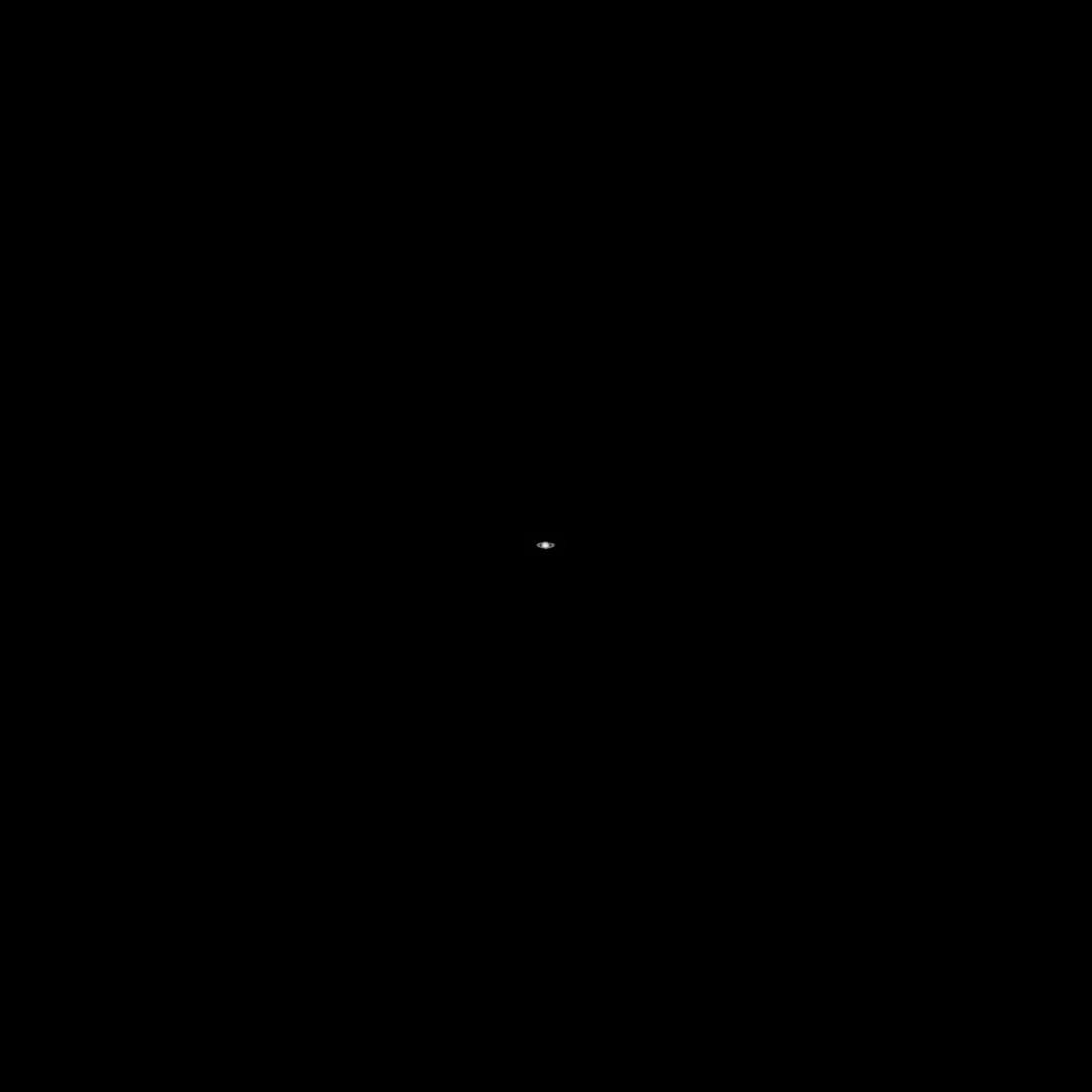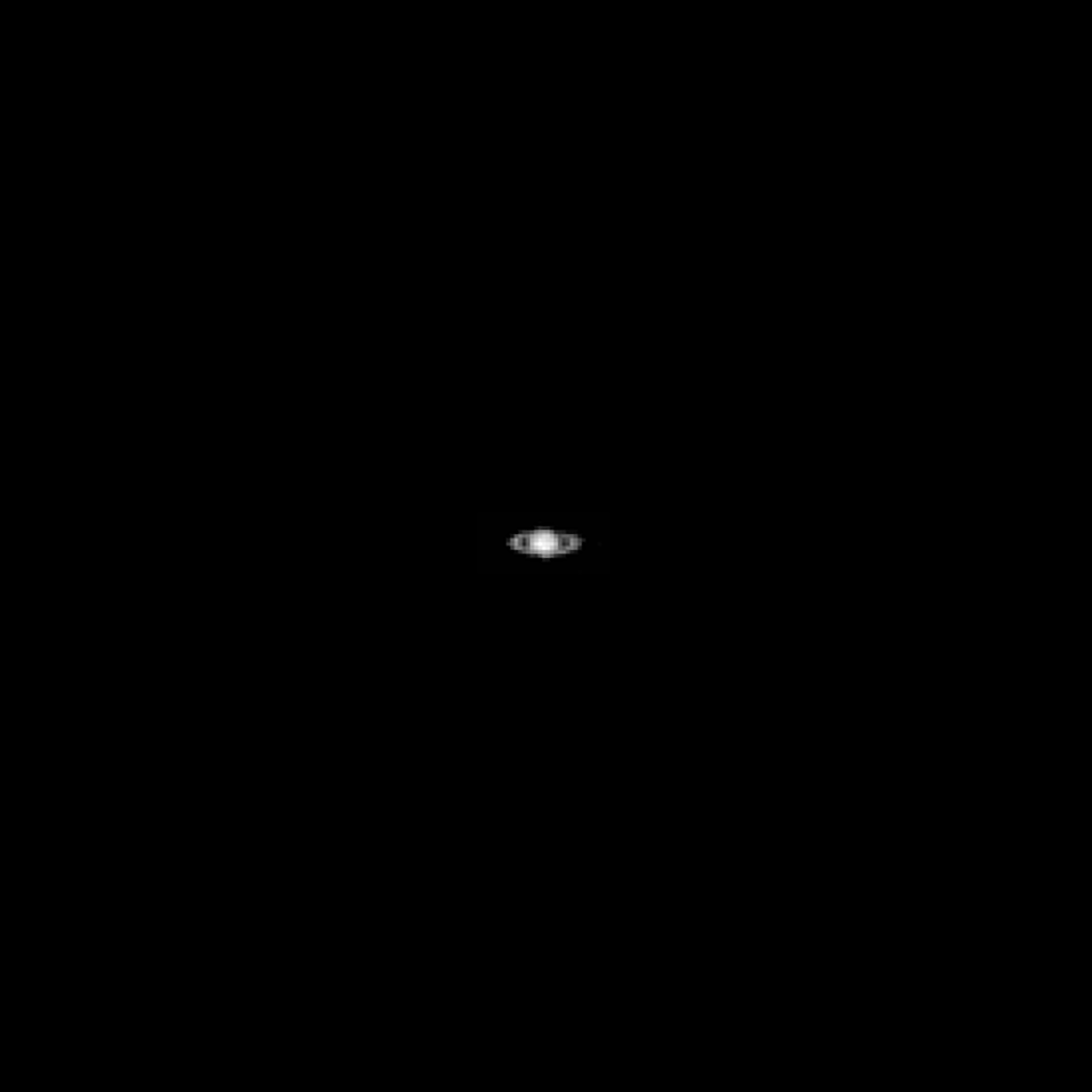
From a viewpoint about 90 kilometers above Lacus Veris, "Lake of Spring", LROC imaged Saturn on 13 October 2021 09:56:08.486 UTC. In this view LROC was looking down at the north face of the rings, and from this perspective the rings in front of Saturn appear below its equator.

The LROC NACs are line scan (also known as push broom) cameras, which presents a challenge for imaging anything besides the Moon. This is because they were designed to acquire images by taking advantage of the motion of the spacecraft above the surface (LRO travels over 1600 meters per second above the Moon), to build up an image one line at a time, with very short exposure times. To image Saturn, the spacecraft slews the NAC across Saturn, building up the image by mimicking our orbital ground motion. The slew across Saturn was achieved by pointing the NACs on one side of Saturn and then targeting the other side. LRO responded to the updated target by slewing to it at a specific rate across the planet. This rate is programed to optimize LRO stability and speed and resulted in a NAC exposure time of 3.82 milli-seconds. Since Saturn is much dimmer than the Moon (and Jupiter) and the exposure time is in effect set by the slew speed, we cannot detect the Saturnian moons as we did with the Galilean moons, they are just too dim.
Fortunately, the NACs can image the amazing rings of Saturn, which are likely only 10 to 100 million years old, 10 meters thick, and are comprised almost entirely of water ice. The major rings visible here have a diameter of 270,000 km, about 70% of the distance between the Earth and the Moon. Step outside and enjoy a view of Saturn while you can, soon it will be too close to the Sun to be seen from our perspective on Earth.
For LROC – back to the Moon!
Related Featured Images
From the Moon to Jupiter, with Love
Two Faces of Mars (from the Moon)
Two-Planet Perspective from Lunar Orbit
2017 Eclipse as Seen from the Moon
Published by Mark Robinson on 22 November 2021